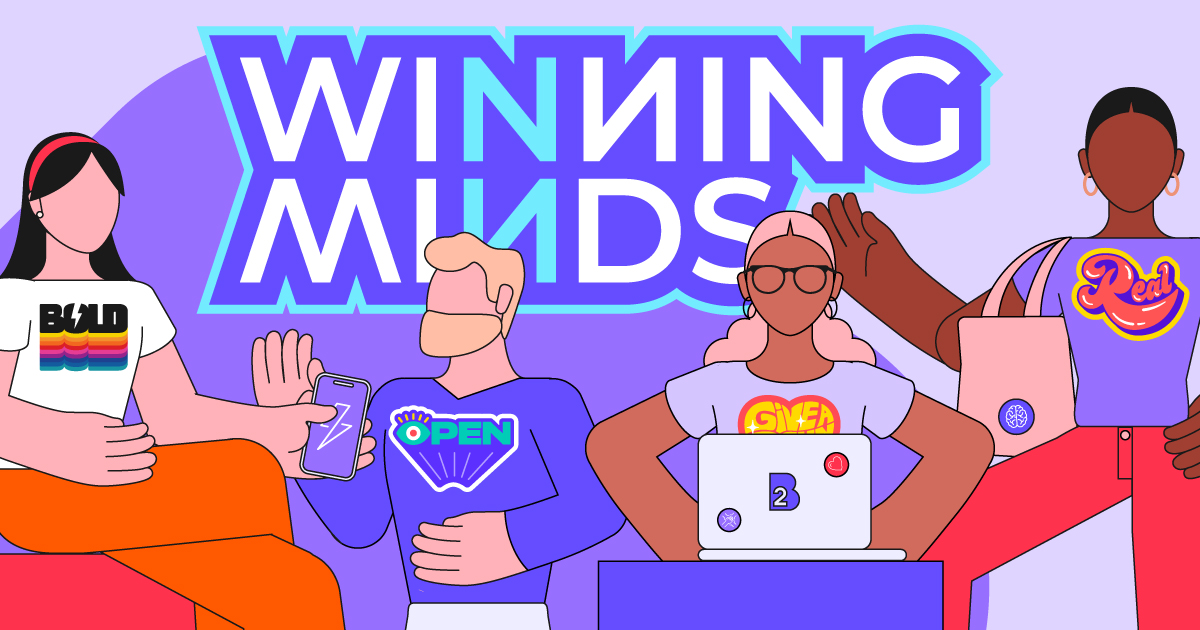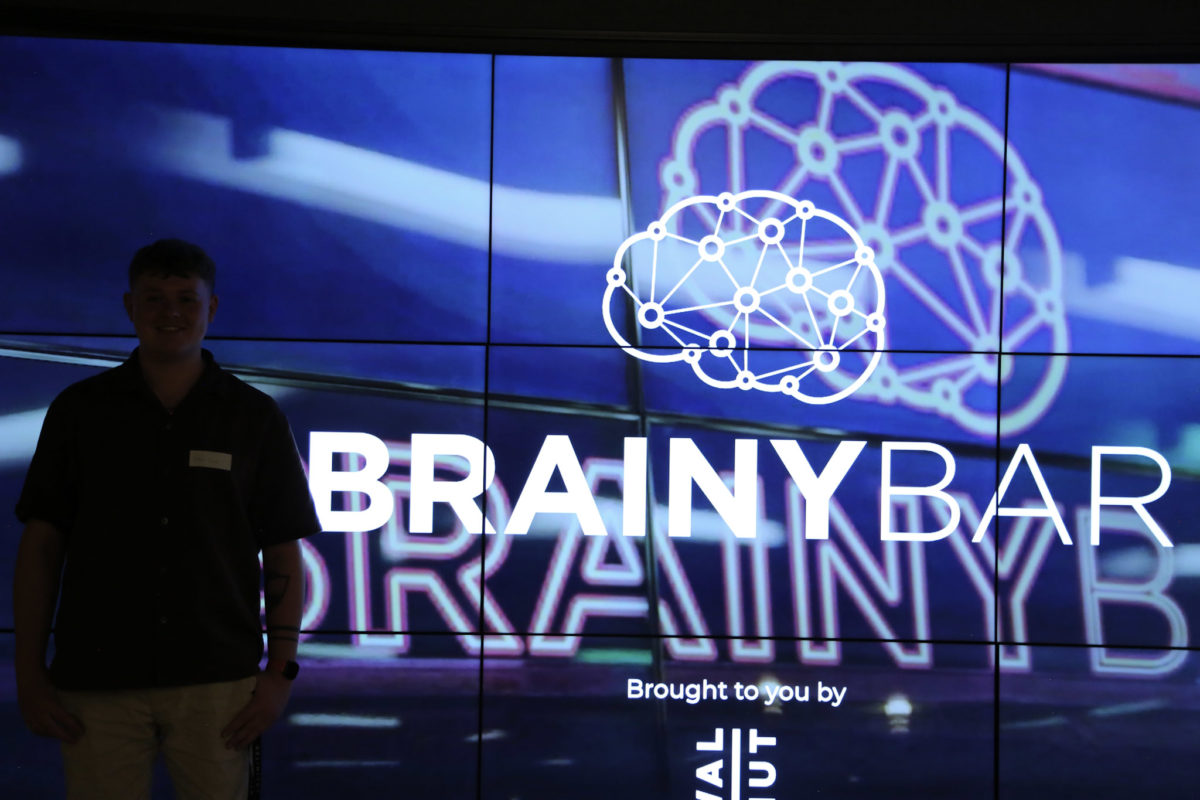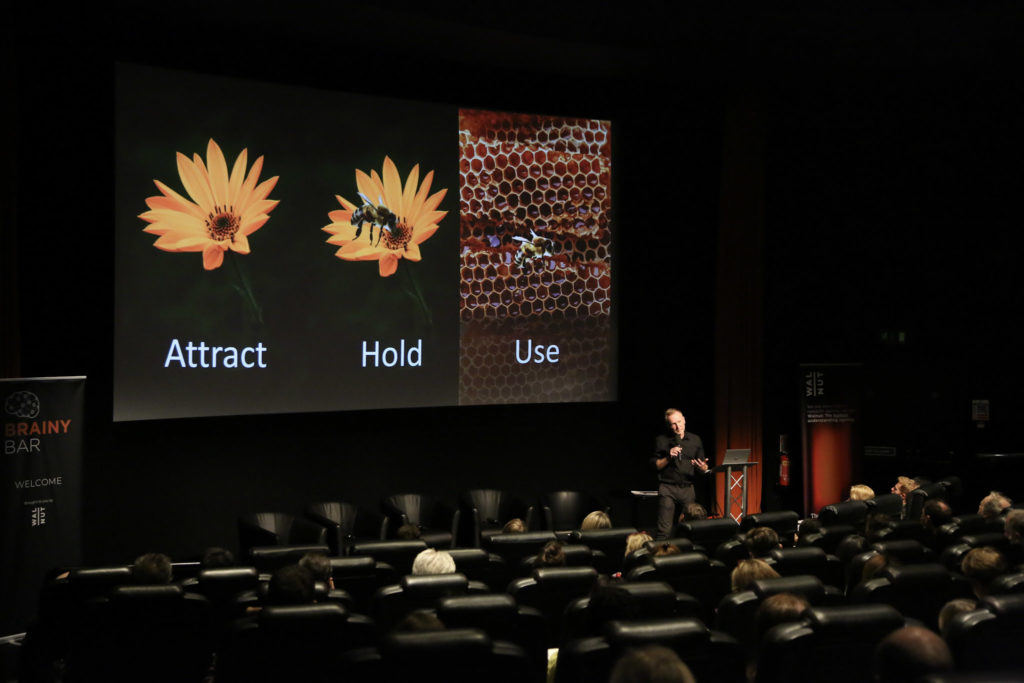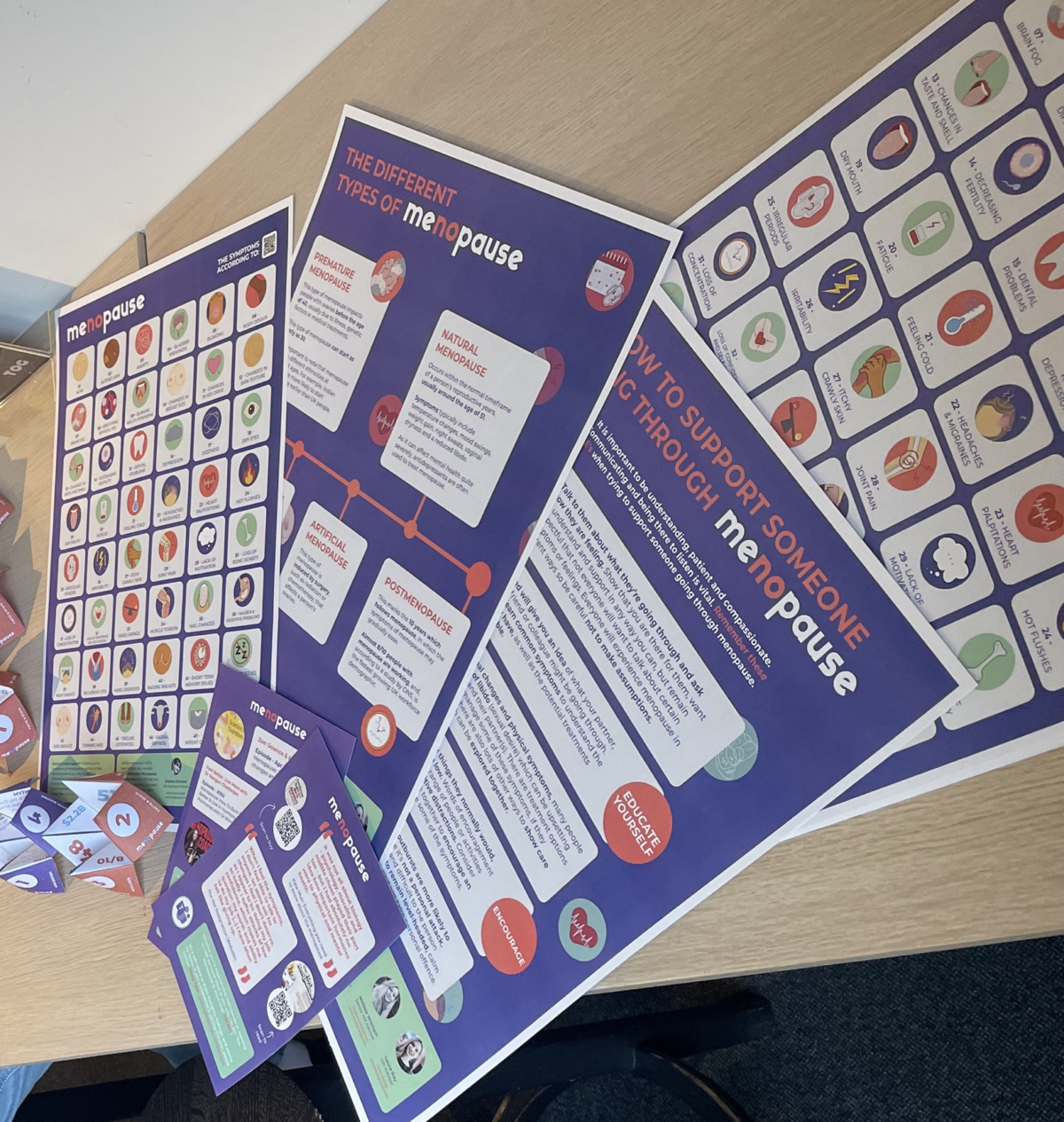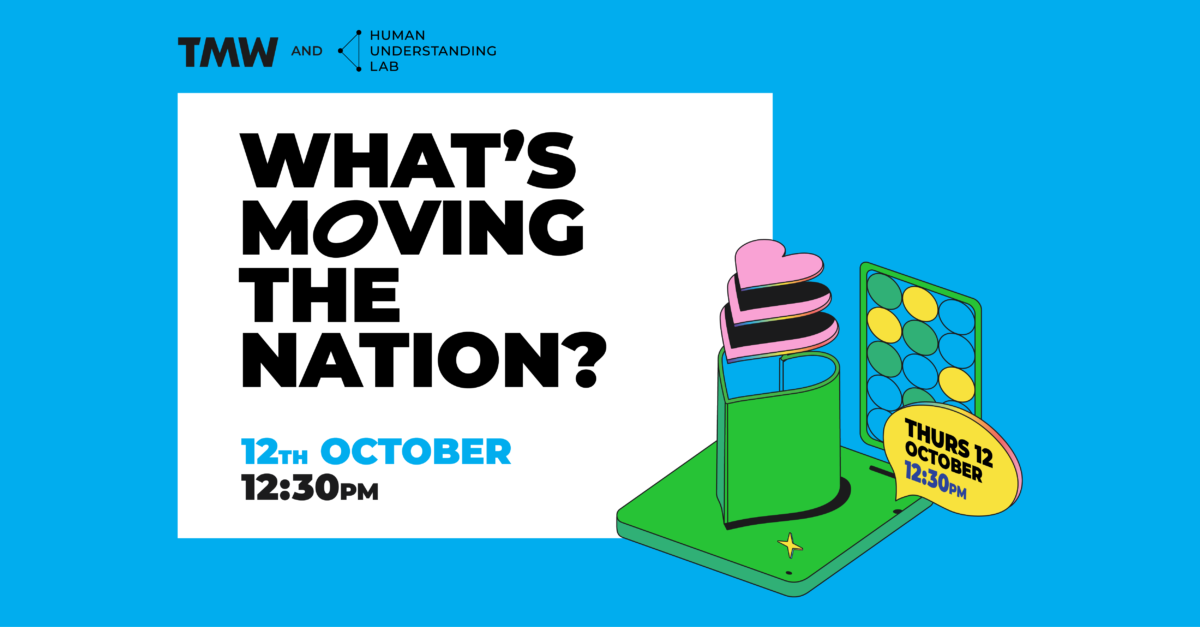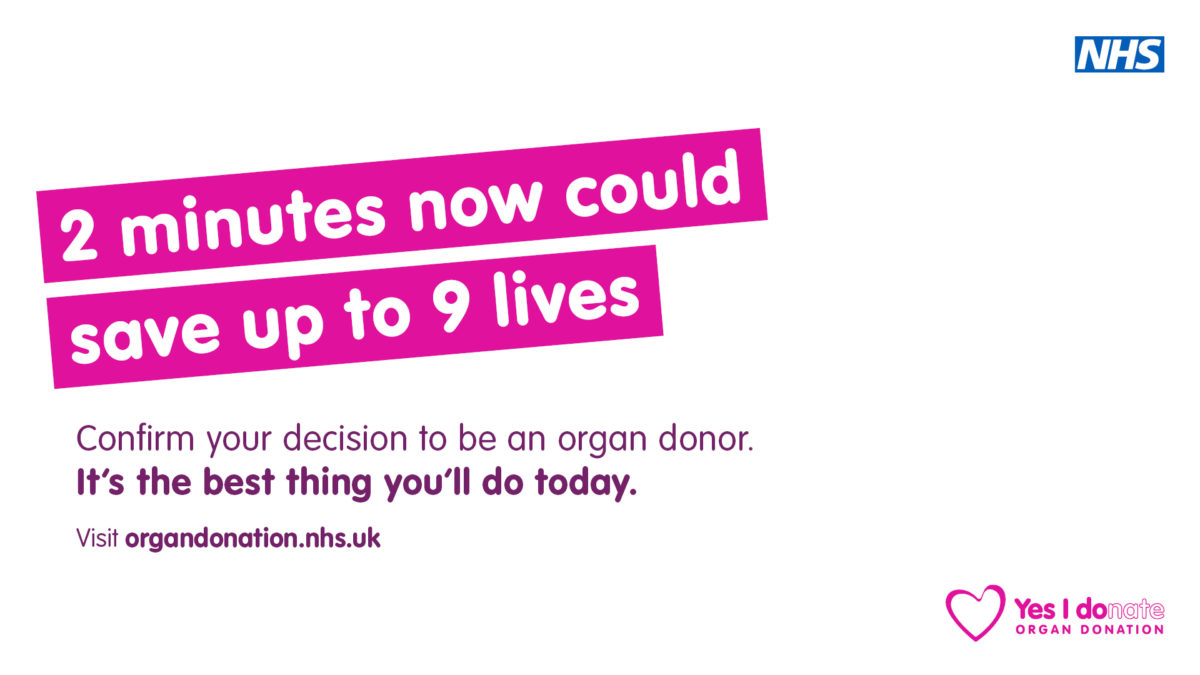“Nobody reads advertising. People read what interests them, and sometimes it’s an ad.”
Howard Luck Gossage (an infamous American adman dubbed “The Socrates of San Francisco”) coined this particular phrase in the ‘50s, but you could be forgiven for thinking it comes straight from a 2020s influencer handbook.
Interest, or attention, is – and always has been – a flimsy thing. It’s pretty hard to capture and harder still to pin down. Do that successfully, and you’ve still got to convert it into action.
For agencies and brands alike, this is a constant challenge. And it’s one that science is determined to crack.
Neuroscientists have been working on understanding and measuring attention for years (with mixed success). It’s for exploring questions like these that Dr. Cristina de Balanzo, a Board Director at Walnut Unlimited, first established the ‘Brainy Bar’ in 2015. It has since covered important subjects such as emotion, memory, perception, our senses and emotional advertising – but this time around, Cristina chose to uncover the science behind what makes people truly pay attention.
She was joined by top neuroscientists Dr. Tim Holmes, Aoife McGuiness and Dr. Andy Myers, who came together to deliver a series of lectures on the topic. They spoke about what attention means, how to measure it, how to use it to drive memorable creative – and how all of that can help to deliver effective brand campaigns.
Here’s what we learned.
Lesson 1: The quality of attention matters
When was the last time you gave something your full attention? I mean really, truly, fully – not just keeping your eyes-forward in a meeting while internally wondering about your dinner plans, or surreptitiously scrolling through TikTok or Twitter while you listen to a film.
If the answer is ‘a while’, you’re hardly alone. Nowadays, we’re constantly flirting with overstimulation, and any campaign has to triumph over innumerable distractions if it’s to meaningfully reach anyone at all.
Tools like eye-trackers are increasingly popular as brands attempt to understand which ads are having an impact, but as Dr. Tim Holmes explained in his lecture, when it comes to measuring attention, we miss a lot of nuance if we focus only on the length of time spent looking at something.
“We tend to assume that sustained attention is always good news for an ad campaign or a package on a shelf, when in fact sustained attention is probably more likely to correlate with cognitive load. That is: with confusion,” he explained.
For this reason, he said, time is not a good enough measure on its own. We need to understand more than whether we are drawing people’s eyes; we need to build campaigns that give them a positive reason to keep looking.
Key takeaway: Brands don’t just need to capture people’s attention, they also need to make that attention worthwhile. Focus less on the amount of time someone spends looking at your campaign and consider whether you’ve successfully routed the attention you get into meaningful action or positive brand consideration.
Find more from Dr. Tim Holmes on LinkedIn.
Lesson 2: It’s not just about what we see, but how we see it
What makes a good creative campaign?
Neuroscientists haven’t quite come up with a framework yet, but researchers like Aoife McGuiness are getting close. Her work helps us to understand why we find creativity and the arts rewarding, and therefore what elements should go into building an effective brand campaign.
What makes something fun to look at? Well, as she told attendees, “It’s not just about the object properties, it’s about the act of information processing. Enjoyment is not all about what we’re looking at, but how we’re looking at it and the things that happen in the brain when we do.” In short, people derive pleasure from their own ability to understand. “This reward can come through detection of novelty, pattern forming, violation of expectation, a puzzle to solve, a visual trick and so on.
“What differentiates this abstract type of reward is that it’s not linked to any kind of survival instinct – it’s just pleasure through the act of information processing.”
And, if you get tricky with it, you can create that feeling of pleasure. Take this SwissLife campaign about ‘Life’s Twists and Turns’:
The text creates a kind of “cognitive conflict” (it makes us double-take), which is “an aesthetically appealing experience” to the brain. This gives people the reward required to hold their attention, rather than just grab it.
In short, we like it, because it challenges us – and this makes it fun to look at.
There’s even better news, too. Researchers have found a link between the activation of the part of the brain that switches on during these moments of conflict, and memory – which suggests that there is a link between this kind of creative and brand recall.
Key takeaway: Creativity is key. Ideas that challenge our expectations or force us to think really do engage a different part of the brain – and that can give viewers pleasure and have a positive impact on their ability to remember it.
Aoife McGuiness is Customer Neuroscience Manager at CloudArmy.
Lesson 3: You shouldn’t forget about audio
Our ears are always on, and you don’t have to be actively listening to process information. In fact, passive engagement is much more common than active listening. After all, when are we ever truly actively listening in our day-to-day life? That is: doing nothing else but focusing on the input of our ears? It’s rare, that’s for sure.
But as Dr. Andy Myers explained, the idea that passive listening is less effective than active listening is a misunderstanding of how we interact with the auditory world.
“We don’t have to be aware to be processing information,” he explained. “And ‘active’ doesn’t always mean ‘accurate’.” In fact, Walnut research found that in an experiment, up to 16% more errors were made by active listeners than their passive counterparts.
That same experiment highlighted that branding was also stronger in the passive condition, and that when a brand was mentioned a second time around passive listeners, the brain response was particularly boosted. (So if you’re planning a radio ad, definitely repeat your brand name…)
“In the overstimulation age, our brains are looking for ease,” Andy explained. But the context of your programming is also important to consider. If you are listening to classical radio and a loud, metal-backed ad plays, that causes an abrupt attentional shift. “We found that congruency is key,” he said – when listeners weren’t disturbed from their flow, they took in more information. So information-heavy campaigns performed better on talk radio, and sonic ones were better suited to music radio.
“Attention is prone to the simplest priming,” Andy said, “And our attention is affected by our expectations.” So let people hear what they’re expecting to hear, and you might just come out on top.
Key takeaway: The context of your message is hugely important. When you’re working with audio formats, ensuring that your campaign meets expectations is the best way to attract valuable passive attention, and land your message more successfully with an audience.
Dr. Andy Myers is a Director at Walnut.
Hey! Down here!
Do I still have your attention?
You might not have considered the neuroscience behind your favourite brand campaigns before – I know I hadn’t – but since attending the Brainy Bar I’ve been spotting cognitive conflict everywhere.
The truth is, capturing attention requires your creative to jump through a lot of hoops – and some of them aren’t possible to predict. How busy someone is, the mood they’re in, how much more cognitive load they’re able to take, whether they’re hungry, tired, or irritated by a particular song or sound…
It makes designing attention-grabbing campaigns something of a minefield. But brains are not unhackable, and by rewarding audiences’ attention, giving them something interesting or unexpected to look at – or, otherwise, aligning with the background hum of their life – we can deliver brand campaigns that really make an impact.
You can find out more about our eye-catching campaigns here.
Or click here to learn more about the Walnut, the human understanding agency.


